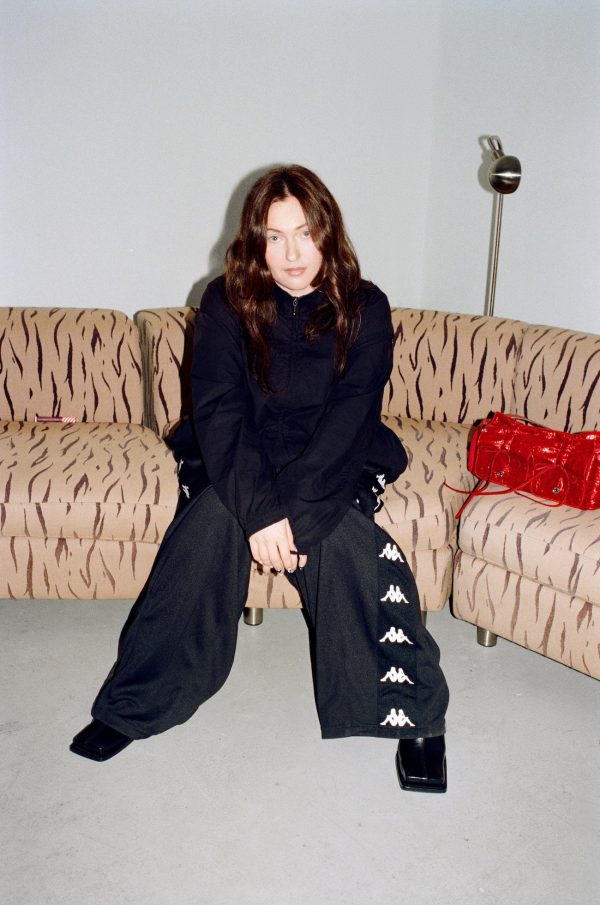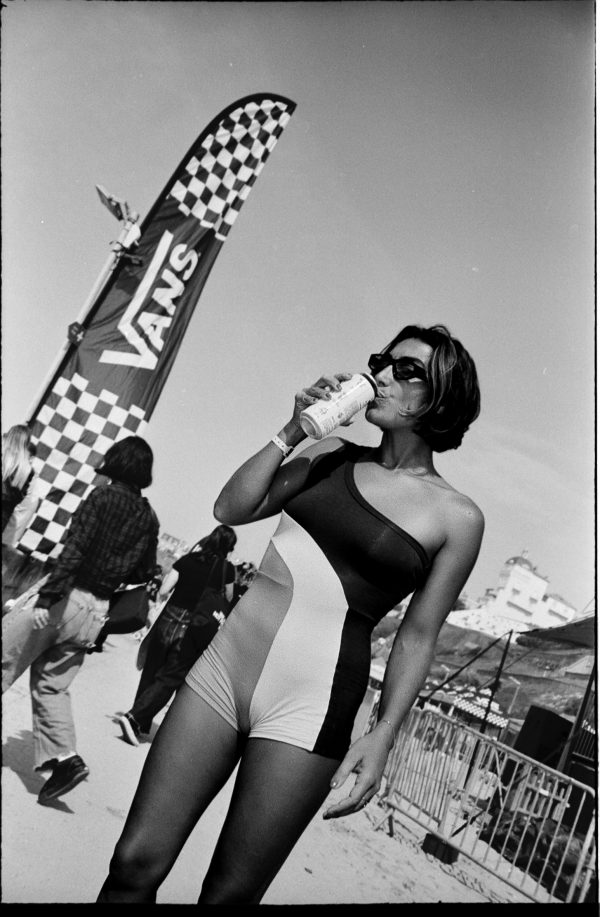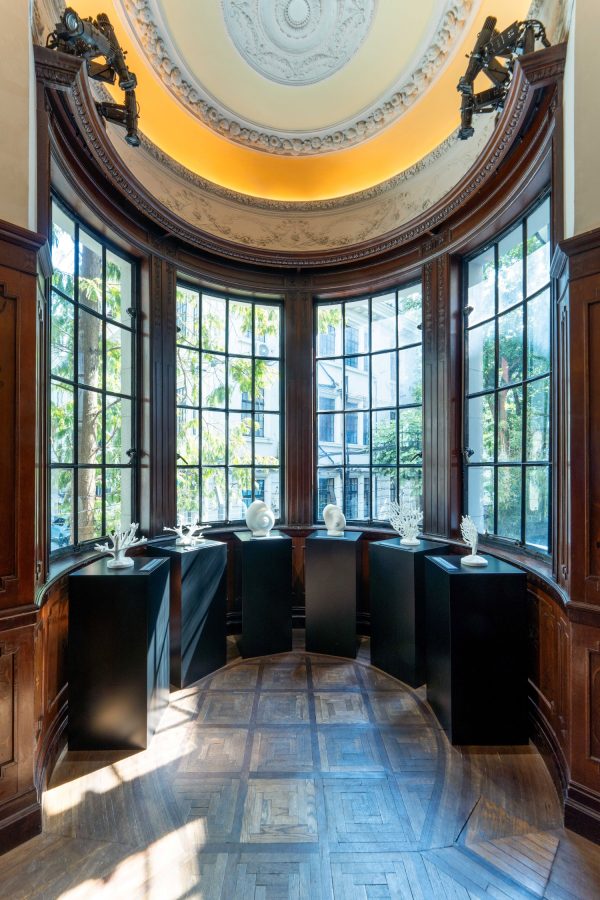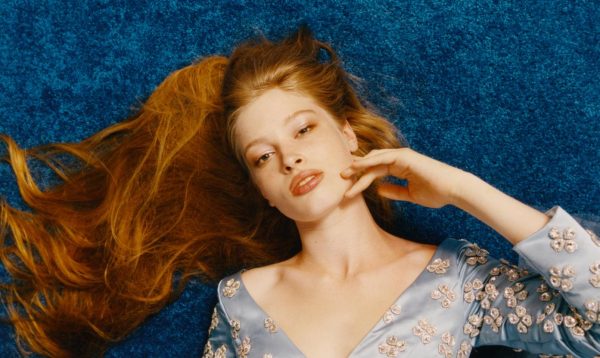An Italian now living in Norway (“because I found a beautiful girl”), Massimo Leardini has been forever captivated by the visual world. Although a self-proclaimed late-starter (he didn’t pick up a camera until his late twenties), we thank Odin that he did. His latest book ‘Scandinavian’ leads the viewer on a dreamy meander through the Scandi wilderness, complete with suitably fresh-faced nymphs, in a harmonious exploration of the female form and Mother Nature’s boons.
What led you to create ‘Scandinavian’?
I’ve done this kind of stuff for a long time, but I really never wanted to go out with a book, so it’s probably because of the publisher who pushed me into it. But I am very pleased with it. I didn’t have to compromise at all – I was very happy the day I saw the book.
Your photography is heavily populated by nude females – what has drawn you to capture the female form?
What I’m basically interested in are natural things. I make portraits, landscapes, I take pictures of grass – everything is natural. I also work with fashion photography; many of these pictures are like a diary to me, as well as a personal portfolio, and sometimes it’s a kind of a statement because I don’t like painted people, make-up and stuff.
Many of the models you use are not stereotypically beautiful, they are often very skinny, young-looking and androgynous – is this purely because of the overlap with the fashion industry or is it a conscious decision?
I think it’s both. Of course part of my work is a personal diary, but very often young people have this purity, this natural look that older people lose in a way.
There is in no doubt an innocence to your photos, but with that, an element of darkness, which is often portrayed through the models’ facial expressions – is this the mood you set out to create?
When I first start taking a photograph of somebody I always start here [he gestures to his face] I’m very into faces. If I am to define what really interests me, it’s that look, if you compare, when people wake in the morning, it may be the purest look they have of the whole day. I really consider that a lot of the time with the models and it helps me to get the right feeling for the picture.
Do you think the Scandinavian landscape lends itself especially well to the female form?
Some of the pictures aren’t taken in Scandinavia, when the right feeling is there, it is not necessary to be in Scandinavia, but you need that natural surrounding.
You almost solely shoot in black and white, why?
Very often I try to use colour but I find black and white helps me to take this distance from reality. In a way what I do is a kind of directing my own fiction, and I feel it works much better in black and white than colour. In colour you get this variety, when it is black and white is allows everything – model and landscape – to fit much better together.
Is there anything you attempt to say with your photography?
That’s a big question. I don’t see my work as that important to society, but it reflects what I would like other people to think about me. I feel what I do is not that deep, but working with people and nature is what I have to do, so I will always do it.
Does your interest in nature make for an organic shooting process?
It’s very simple – I have no idea what will happen. I explain, show pictures, discuss and talk a lot, then basically people do something, and I document it. Some of the models in the book I have worked with a lot, and I prefer to do that because then I know I will take the right picture – I’m not the sort of photographer that can work with everybody.
What are you currently working on?
The ‘Scandinavian’ book represents my life project, and then I have others too. At the moment I am working with the prima ballerina of the national ballet, but the approach to that is exactly the same. I went and saw what it is she does and then I try to make that, and what she is to me, work.
‘Scandinavian’ is published by Éditions du LIC 2013
http://editionsdulic.com/products/massimo-leardini-scandinavian
View more of Massimo Leardini’s work here http://www.leardini.com/leardini/public/openIndex?ARTICLE_ID=100
Words / Roxanne Golding
Follow her on Twitter @RoxanneGolding

































































































